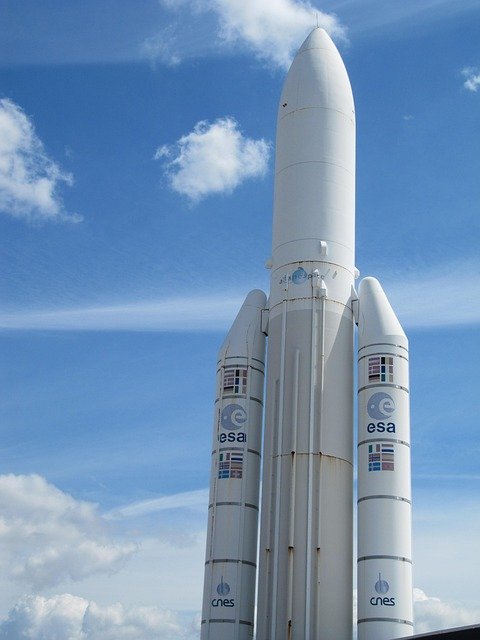Aerospace Engineering Degree: Curriculum and Career Paths
An aerospace engineering degree provides structured study of the principles and practices used to design, analyze, and maintain flying and space vehicles. Programs blend mathematics, physics, materials science, and hands-on labs to prepare students for work on airplanes, aircraft systems, and spacecraft. This article outlines typical coursework, practical components, and the types of roles graduates can pursue.

What does an aerospace engineering degree cover?
A typical degree covers core subjects such as fluid dynamics, thermodynamics, structures, propulsion, and control systems. Students learn numerical methods, computer-aided design, and simulation tools used in engineering analysis. Lab modules often include wind tunnel testing, materials characterization, and small-scale propulsion experiments. Electives may focus on avionics, composites, or systems engineering to allow specialization.
Many programs emphasize teamwork and project management alongside technical topics. Capstone projects and design sequences give students experience in taking a concept from requirements through design, analysis, and, when possible, prototype testing. Accreditation standards (where applicable) ensure that curricula meet industry and regulatory expectations for foundational knowledge.
How do programs address airplane design?
Airplane design instruction focuses on aerodynamic principles, structural sizing, weight and balance, and flight mechanics. Students study airfoil behavior, lift and drag characteristics, and performance predictions for different flight regimes. Design courses typically require integration of propulsion selection, fuel systems, and control surfaces to meet mission-level performance requirements.
Design labs or studio courses often use multidisciplinary design optimization tools and CAD environments to iterate concepts. Projects may involve designing a small unmanned airplane, optimizing wing geometry, or evaluating trade-offs between speed, range, and payload. These experiences build practical skills for roles in conceptual and preliminary design teams.
What about aircraft systems and testing?
Aircraft systems courses examine propulsion systems, landing gear, environmental control, electrical power, and avionics integration. Emphasis is placed on system reliability, safety analysis, redundancy, and maintainability. Testing and verification topics include instrumentation, data acquisition, test planning, and flight-test basics to validate models and prototypes.
Hands-on testing opportunities can include bench tests of control systems, structural fatigue testing, and participation in flight-test campaigns when facilities are available. Understanding certification processes, standards, and documentation practices is also a common component, preparing graduates for work on compliance and systems engineering tasks in industry.
How is spacecraft study included in programs?
Spacecraft topics cover orbital mechanics, spacecraft structures, attitude control, thermal management, and communication systems. Coursework addresses the unique constraints of the space environment, such as vacuum effects, radiation, and mass and power limitations. Students explore mission analysis, trajectory design, and subsystem integration for satellites and exploration vehicles.
Many programs offer specialized tracks or electives in satellite engineering, space propulsion, or planetary entry systems. Laboratory work may include small-satellite (CubeSat) development, testing of propulsion components, or simulation of orbital dynamics. Collaborative projects with research groups or industry partners can provide real-world exposure to mission design and operations.
How does aerospace education prepare careers and skills?
An aerospace degree develops analytical thinking, problem-solving, and technical communication skills. Graduates are often qualified for roles in design, test engineering, systems integration, manufacturing, and research. Employers span commercial aviation, defense contractors, space agencies, and research labs. Internships and cooperative education experiences are commonly recommended to bridge classroom learning with workplace practice.
Soft skills such as teamwork, project management, and ethical engineering practice are usually embedded in the curriculum. Students learn to document analyses, present results to multidisciplinary teams, and apply safety-focused decision-making. Professional development resources, student design clubs, and industry networking events available through schools can support transition into entry-level engineering roles.
Conclusion
An aerospace engineering degree combines theoretical foundations with practical labs and project work to build competence in airplane, aircraft systems, and spacecraft design and analysis. Programs vary in specializations and opportunities for hands-on experience, so prospective students should review curricula, lab facilities, and internship options to align educational choices with their career interests.






